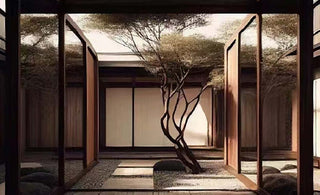
Western museums have long been revered for their collections of Western art, with a predominant focus on European masters. However, in recent years, there has been a remarkable shift in the art world, as Western museums are increasingly recognizing the significance and allure of Oriental art. This newfound appreciation has led to the inclusion of Oriental artworks in their exhibitions and permanent collections, offering visitors an opportunity to immerse themselves in the splendor of this captivating artistic tradition.
With meticulous curation, Western museums now showcase a diverse array of Oriental art forms, including Chinese ink paintings, Japanese woodblock prints, Indian miniature paintings, and Korean ceramics, among others. These artworks, renowned for their exquisite craftsmanship, intricate details, and deep cultural symbolism, serve as a testament to the rich artistic heritage of the East.
Through the display of Oriental art, Western museums not only broaden their artistic offerings but also provide a platform for cultural exchange and dialogue. Visitors are invited to explore the connections and contrasts between Western and Oriental artistic traditions, gaining a deeper understanding of the similarities and unique perspectives that shape global art.
By integrating Oriental art into their collections, Western museums contribute to the preservation and promotion of this timeless artistic tradition. They play a vital role in introducing Oriental artists to new audiences, fostering international recognition and appreciation for their contributions. The inclusion of Oriental art not only enriches the cultural landscape but also enhances the overall artistic diversity within Western museums.
























